Cornwall - Part Two
Looe and Gunnislake Branches
A couple of scenic branch lines (Technically most of the Gunnislake line is in Devon.)
The train for Looe stands at the branch platform at Liskeard.
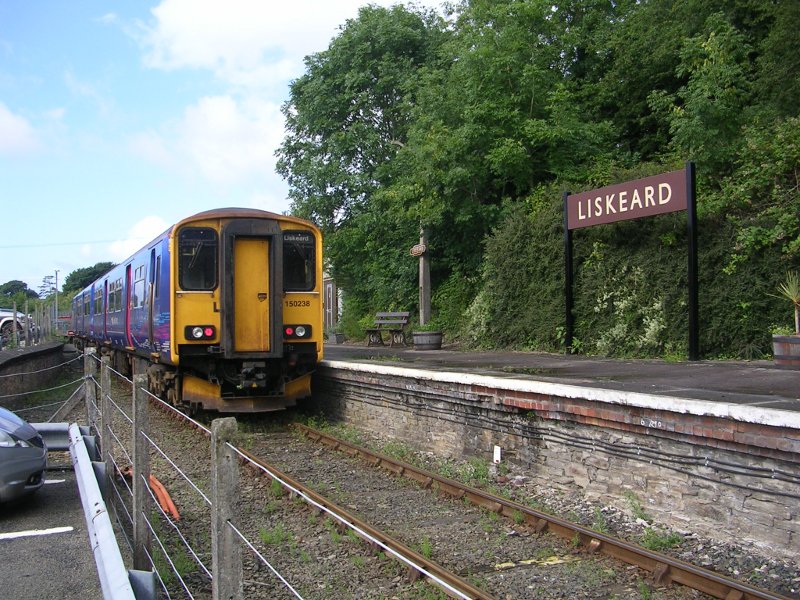
The main line platform at Liskeard features this odd variation on the lower quadrant semaphore signal.
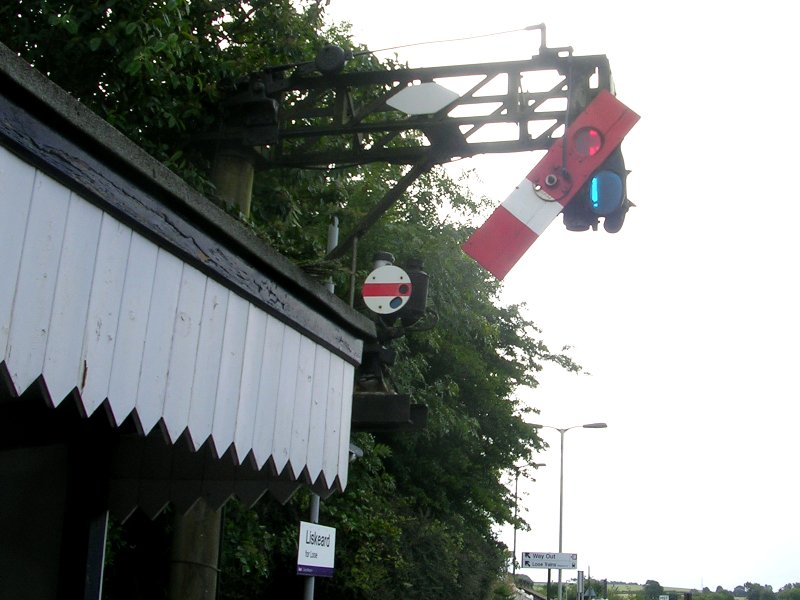
Brunel's Royal Albert Bridge carries the main line across the Tamar Between Devon and Cornwall. The Gunnislake branch passes underneath it on the Devon side.
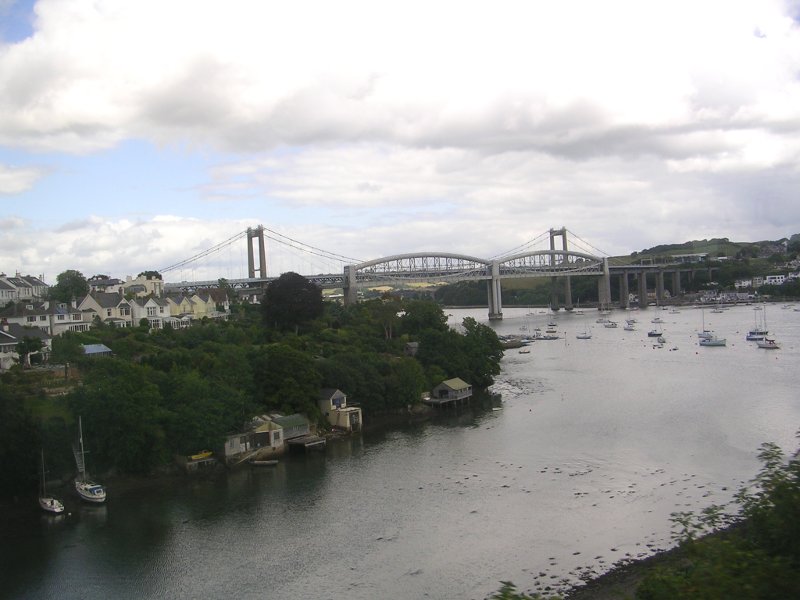
Charlestown
Another attractive little harbour village.
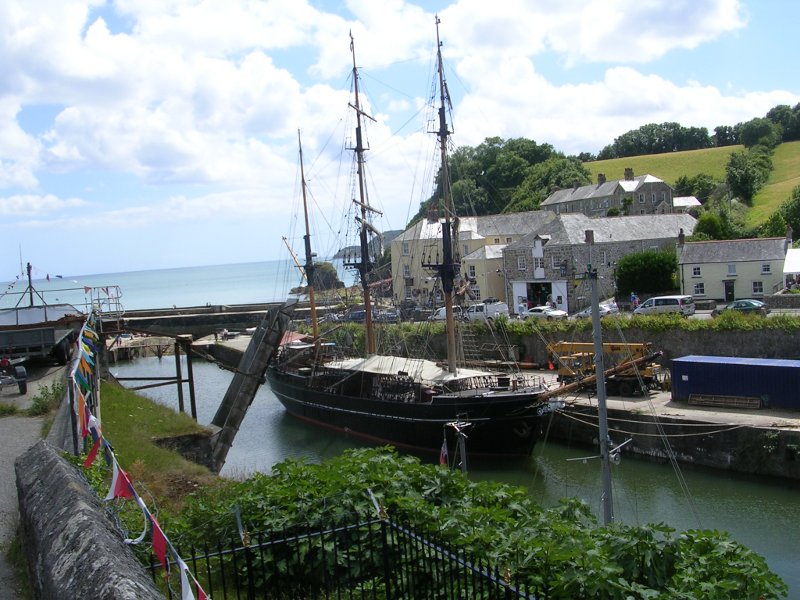
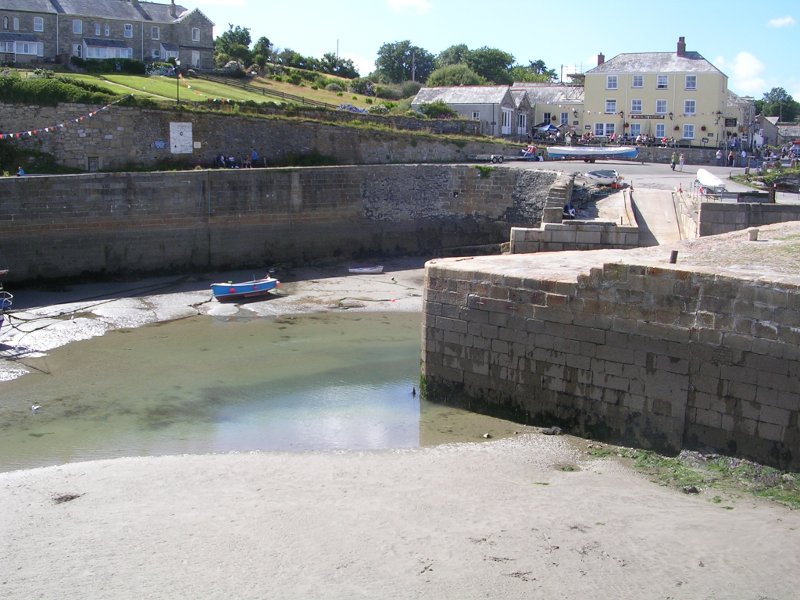
The Charlestown Shipwreck & Heritage Centre has a vast display of items recovered from many shipwrecks, as well as interesting displays on other subjects, including the local china clay industry, the invention nearby of gas lighting, and the RNLI.
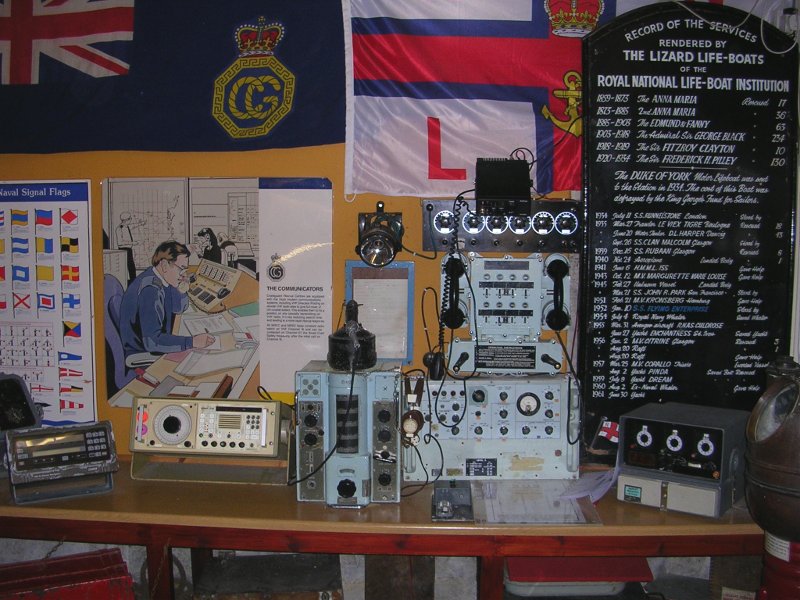
The Eden Project
Very futuristic as the domes suddenly appear as you turn a corner on the path leading to the site!
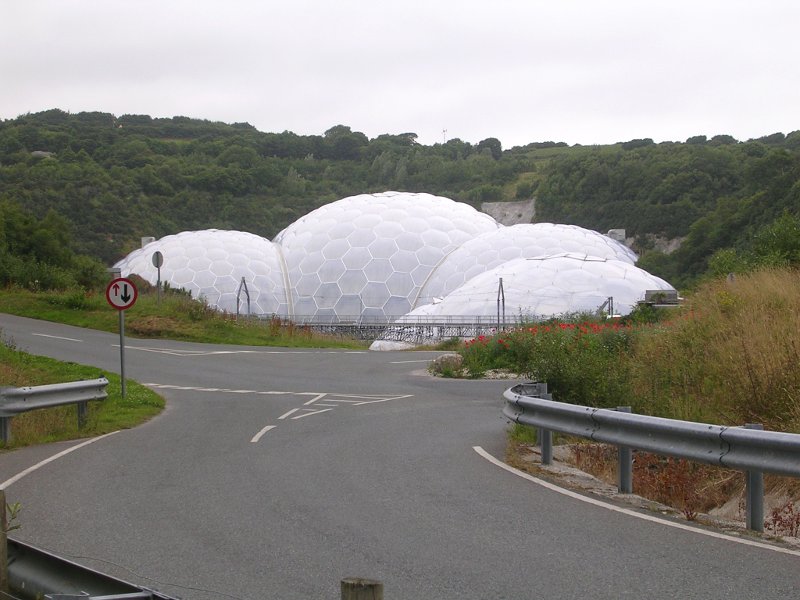
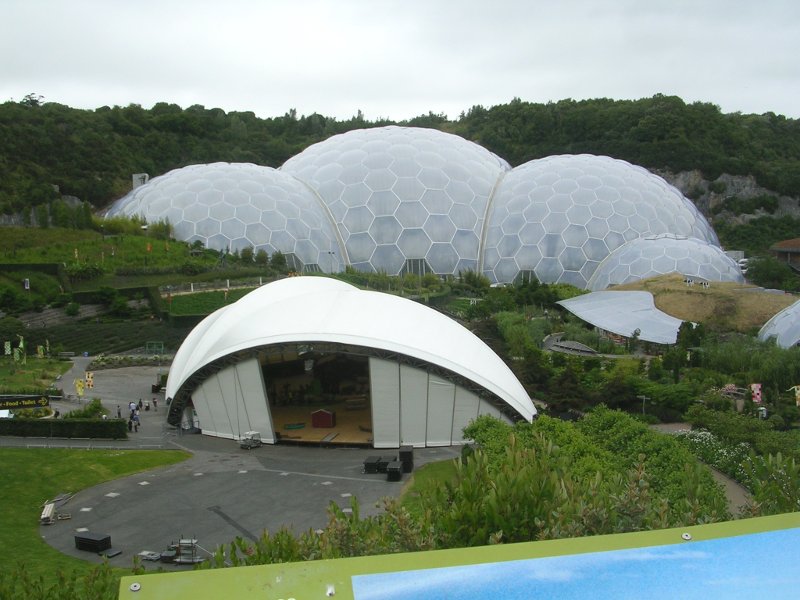
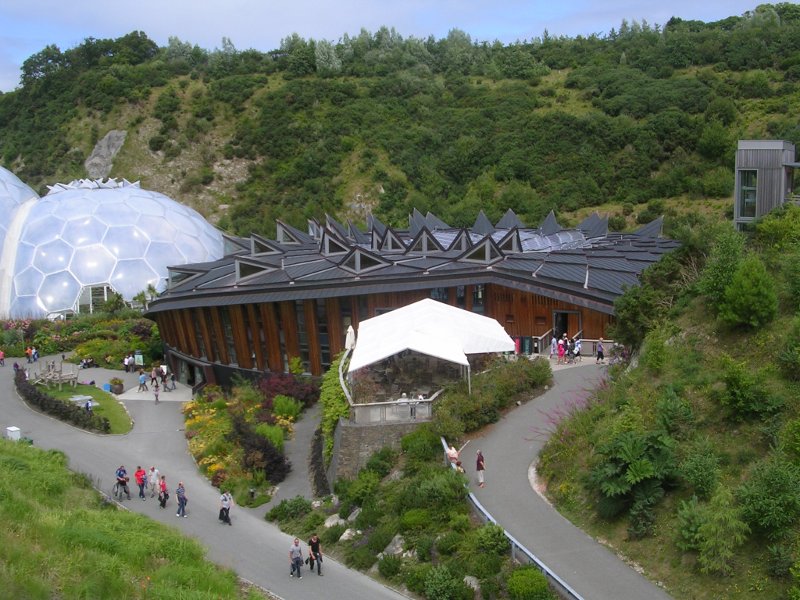
The site was originally a china clay pit, here's a tyre from one of the trucks used.
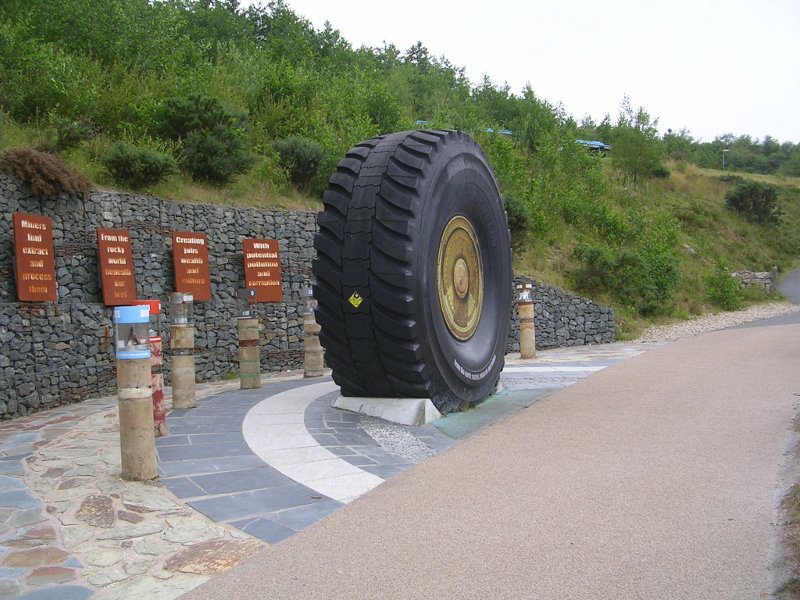
Inside the rainforest dome it's very warm and wet.
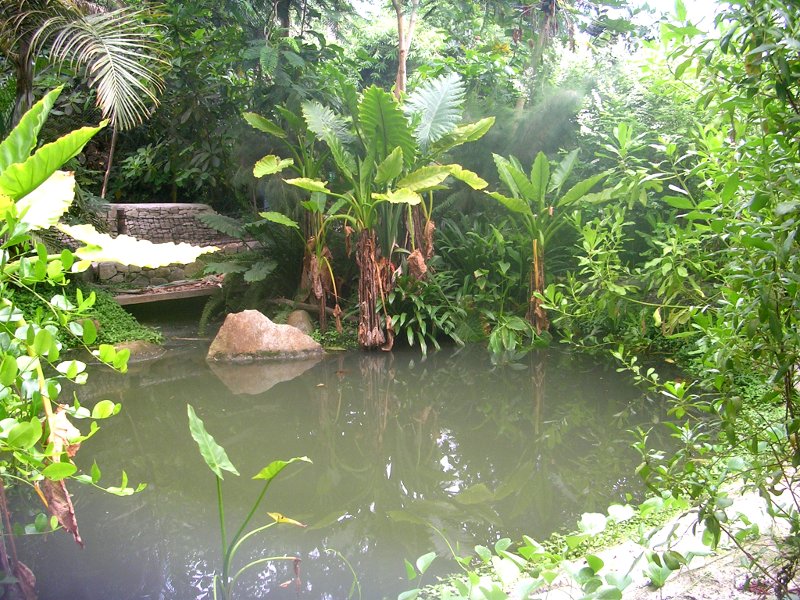
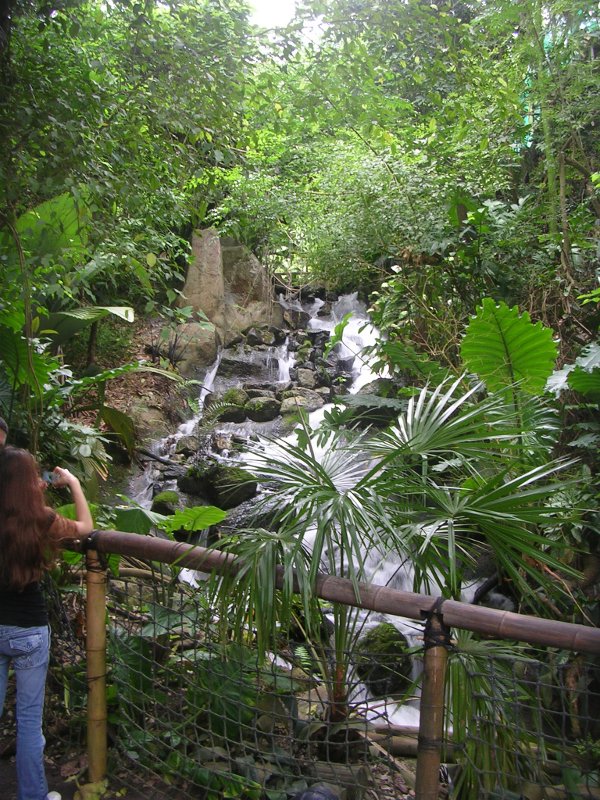
Mostly it's about plants, but I did find these colourful birds shuffling about in the leaf litter looking for food, and one kindly strolled onto the path and paused for photographs. Anyone know what it is?

Among the plants growing in the rainforest dome were these bananas and pineapples.


This sculpture is made from discarded domestic electrical equipment.
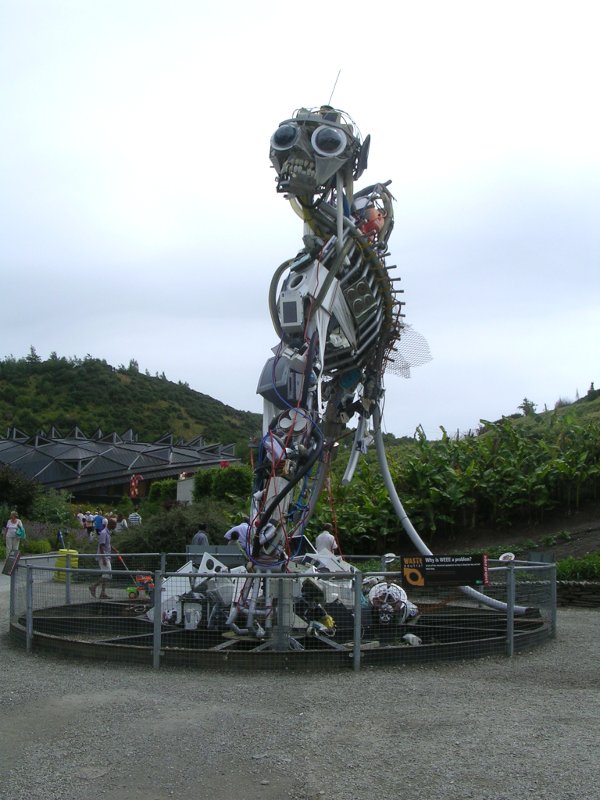
Lizard
Having visited the westernmost point on the mainland earlier in the holiday, I decided to finish at the southernmost, just round the corner at Lizard Point.
Lizard Point features the inevitable cafe and souvenir shop, as well as an operational lifeboat station.
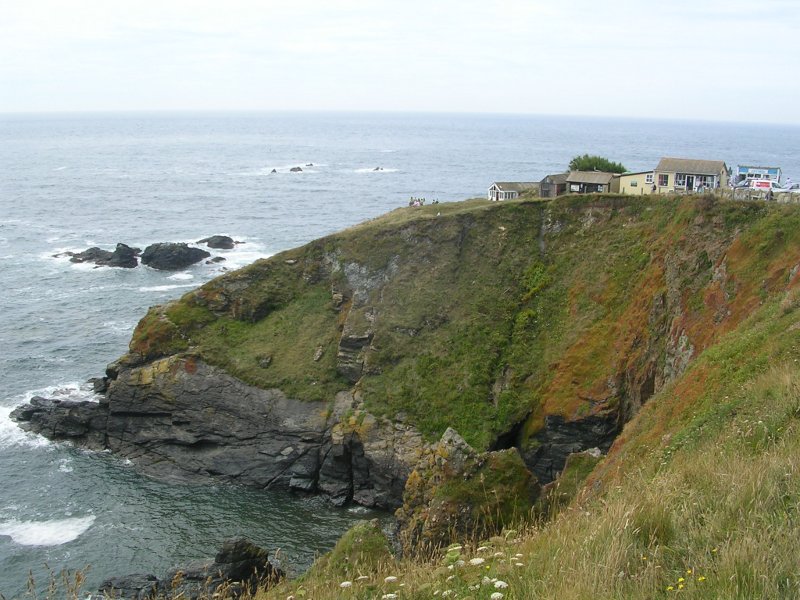
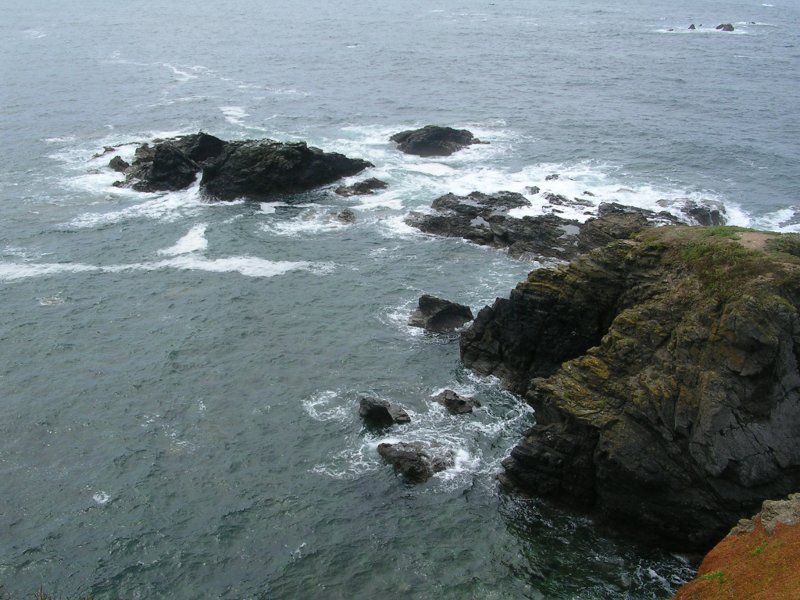
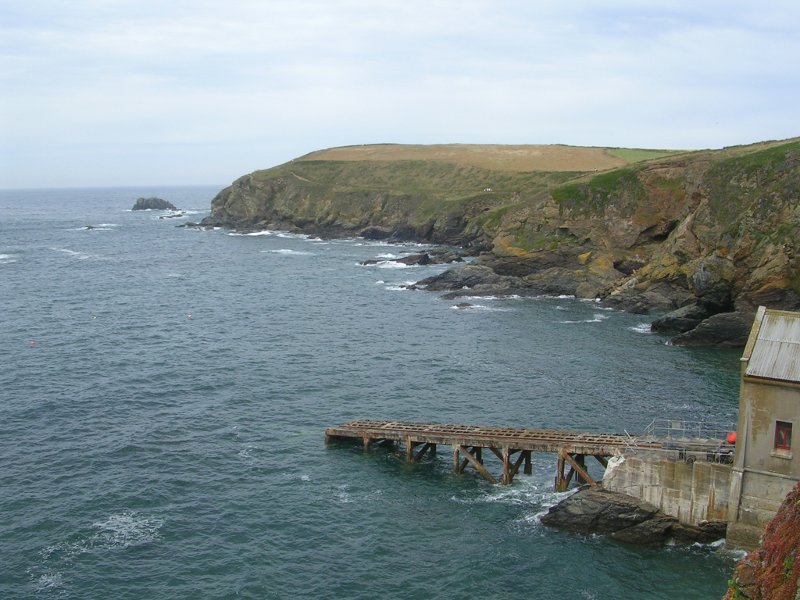
The lighthouse is still operational twenty-four hours a day (I tried to press the shutter when it was flashing but couldn't get the timing right.) and the staff accommodation has been converted into holiday cottages and an interesting museum, where some of the original generator and foghorn equipment has been retained.
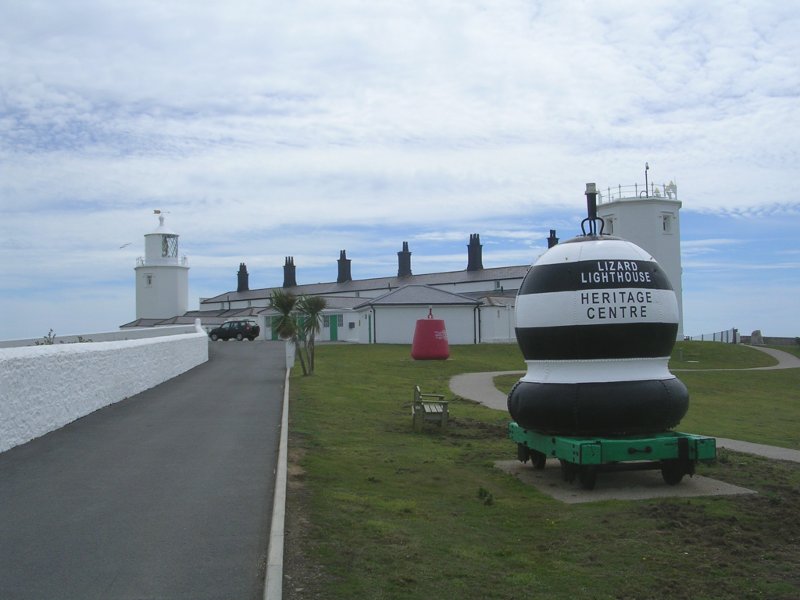
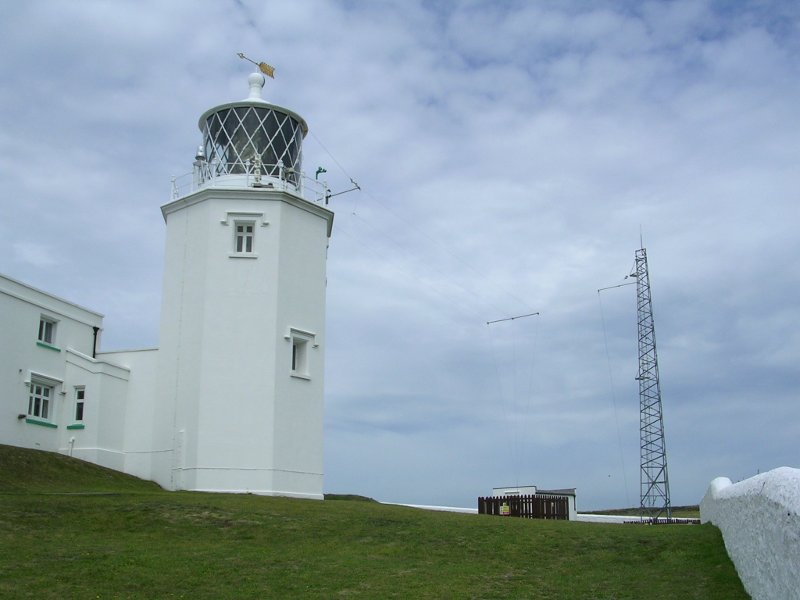
If you're wondering about the colour of the chimneys, the lighthouse is also a visual reference point, described on charts as a white building with a tower at each end, so the chimneys are painted black to make them less visible.
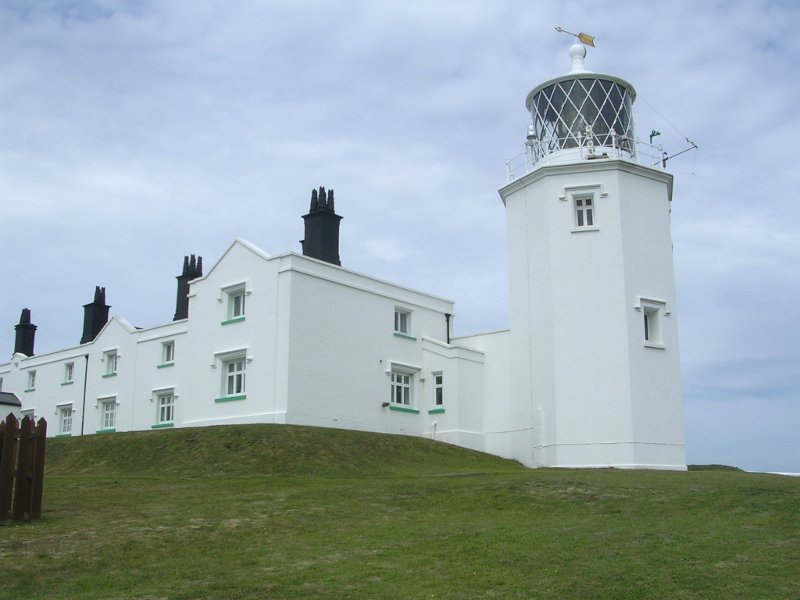
This magneto was installed in 1881 and was in use until 1950.
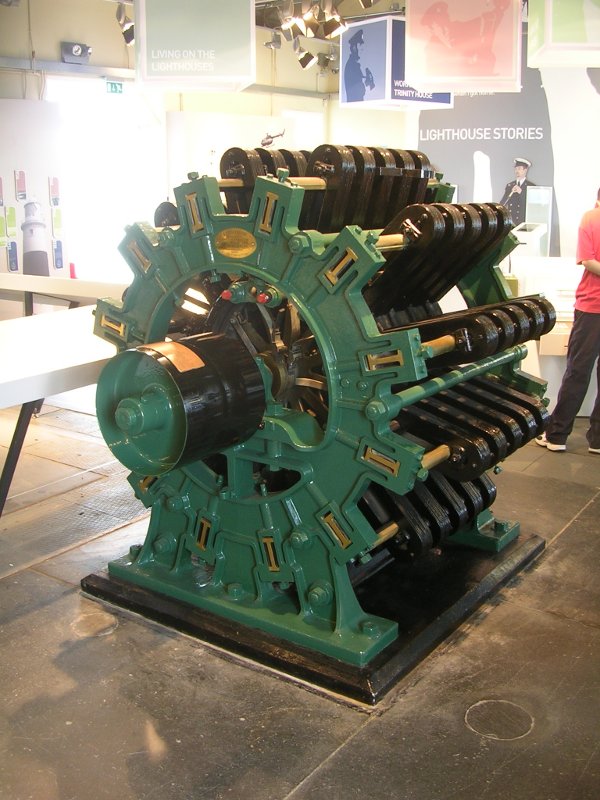
A guided visit up the tower allowed me to see the lenses at close quarters. The light is entirely remote controlled with no staff on site, and a mechanism can quickly move a spare into position if the 400 watt bulb blows before its expected nine month life span is over. Surprisingly, the emergency light used if the main one completely fails or is being serviced is only 40 watts, but can still be seen ten miles away.
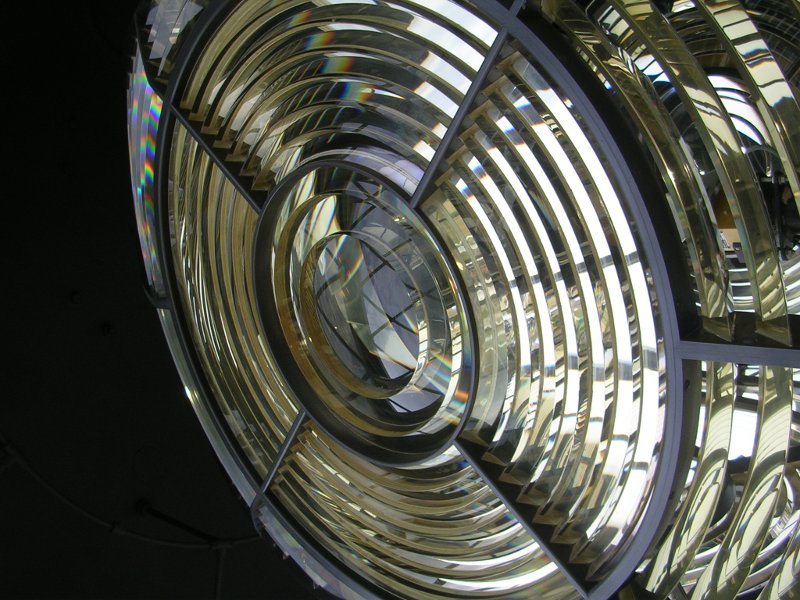
Next I took a stroll along a small part of the coastal path which provided plenty of scenic views of the rocky shoreline.
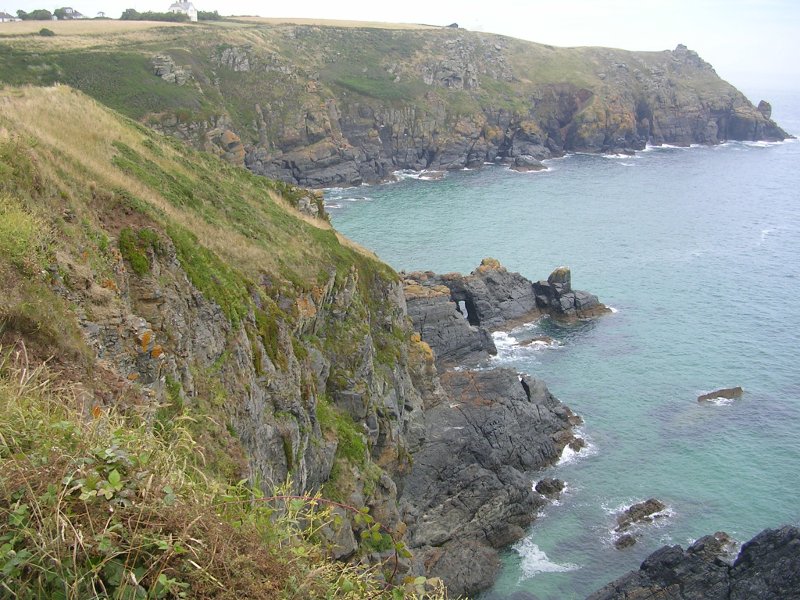
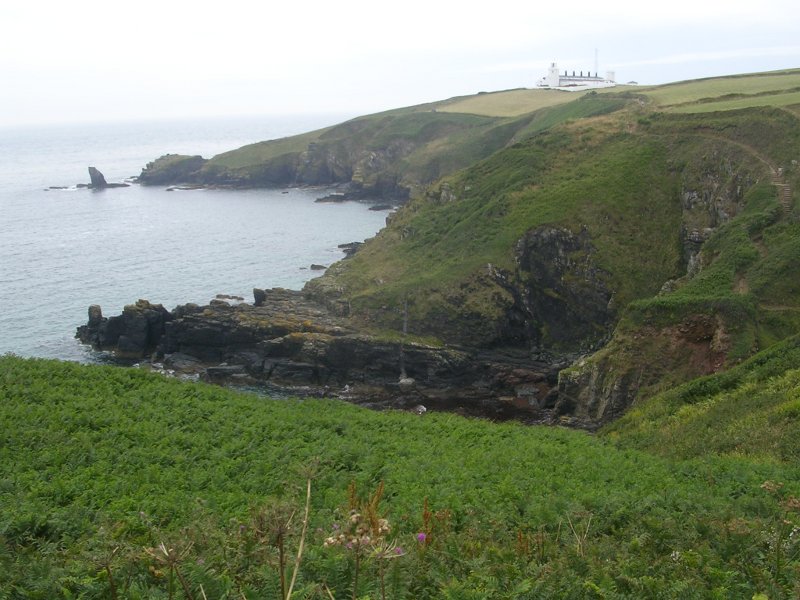
About a mile along the coast is this unprepossessing hut which was purchased from the Great Western Railway by Marconi to use for some of his early wireless experiments, including receiving signals from his Isle of Wight transmitter over a record breaking distance of 186 miles. Inside is a small exhibition featuring some early equipment - My picture shows a coherer and morse inker, used for receiving.
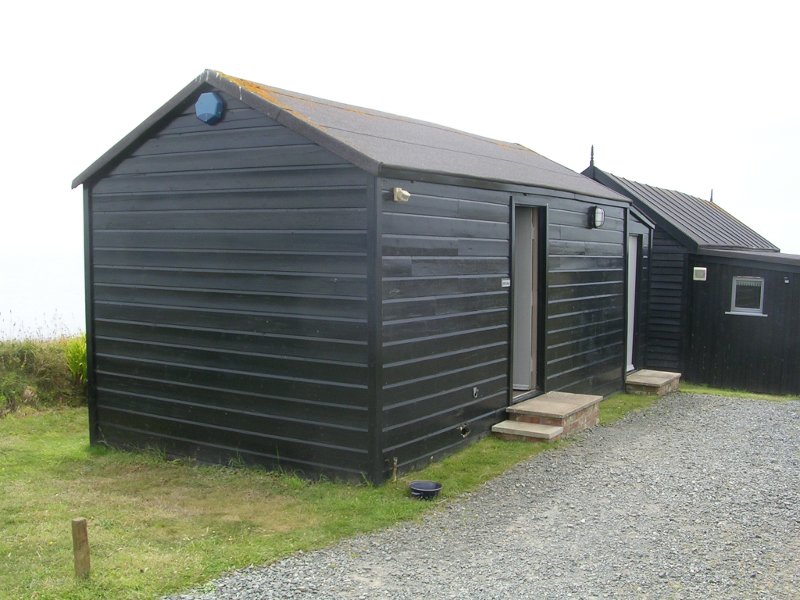
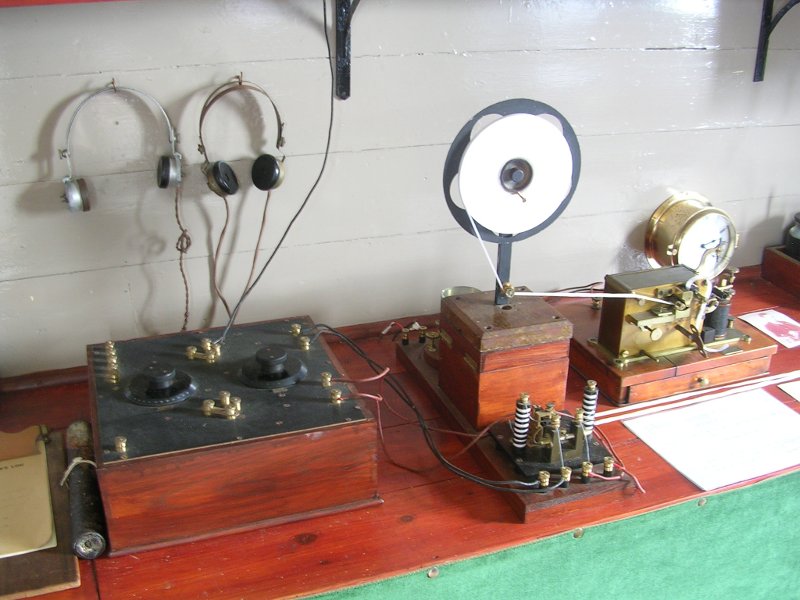
Walking back to Lizard village - for a pint in the southernmost pub in mainland England of course - I came across this red admiral enjoying the sunshine.

July 2010
P.S. For details of all the pubs I visited, see my pub guide.




























